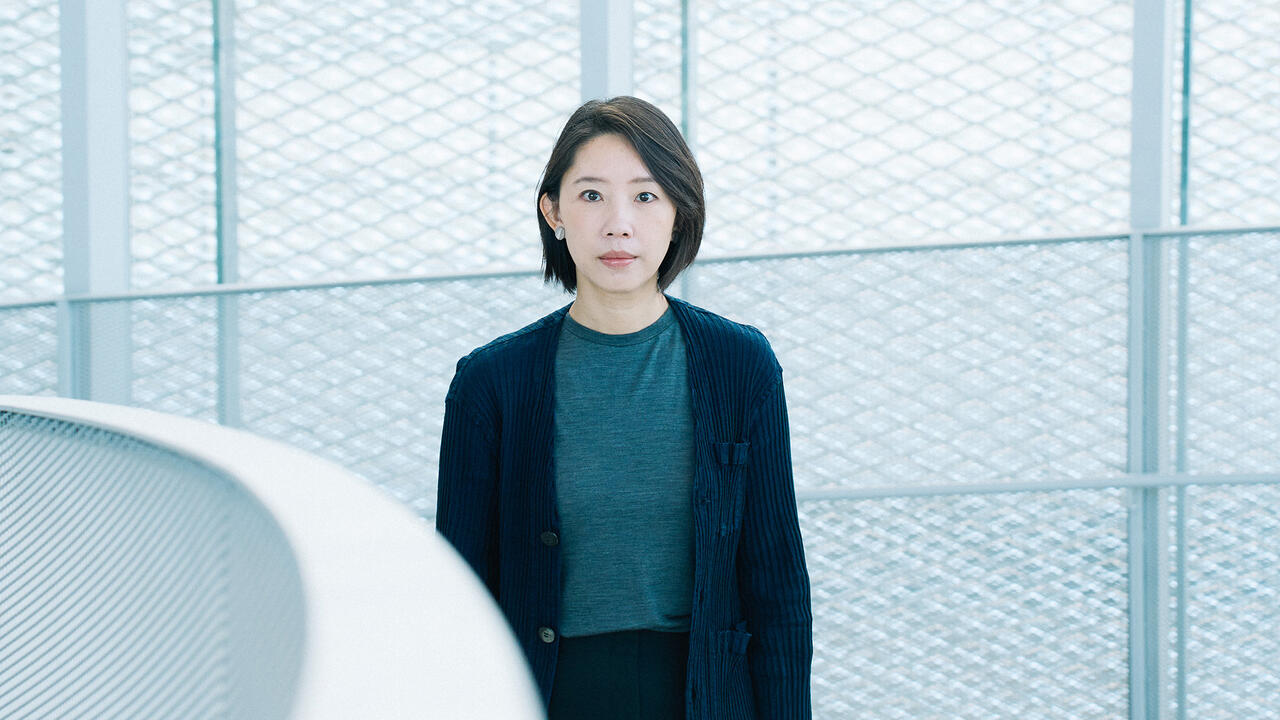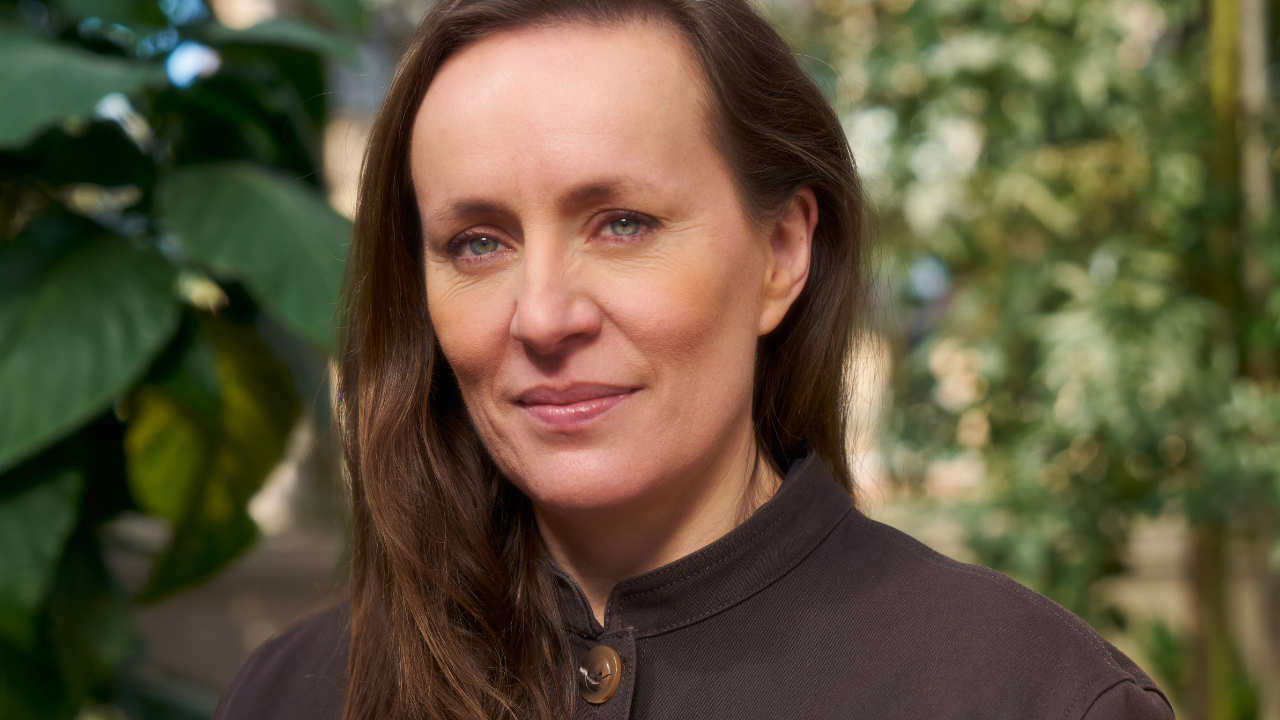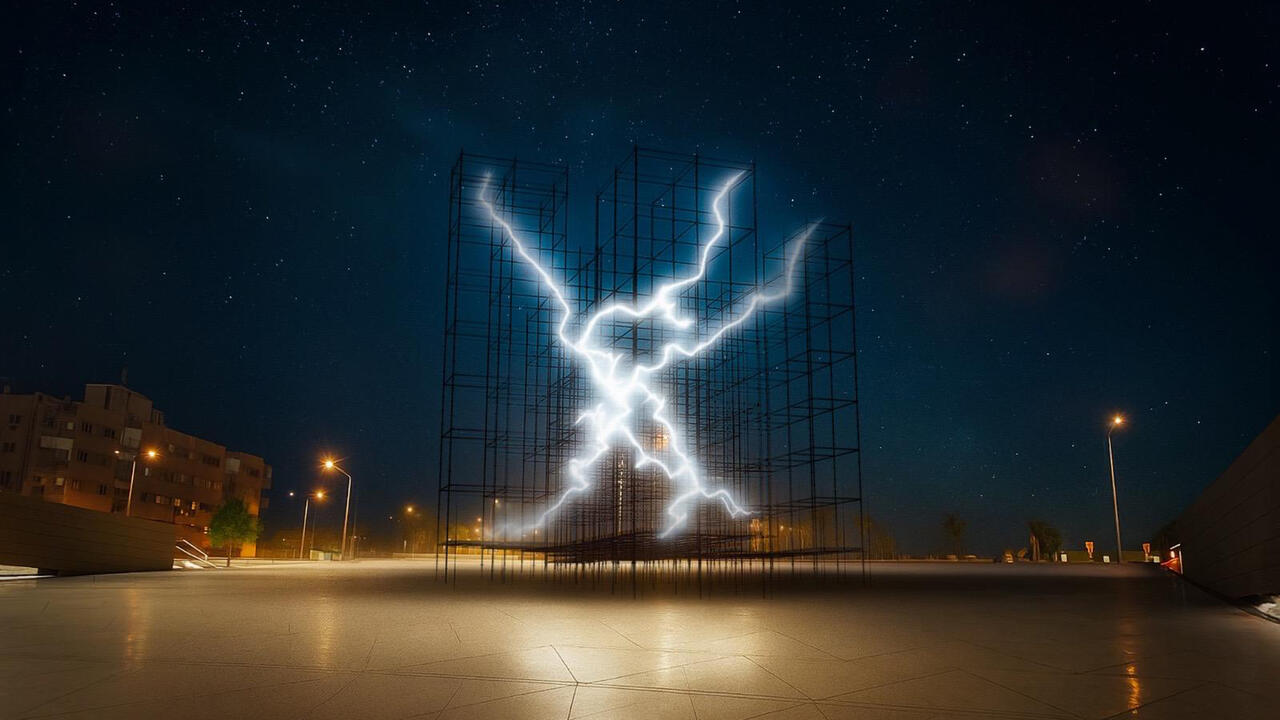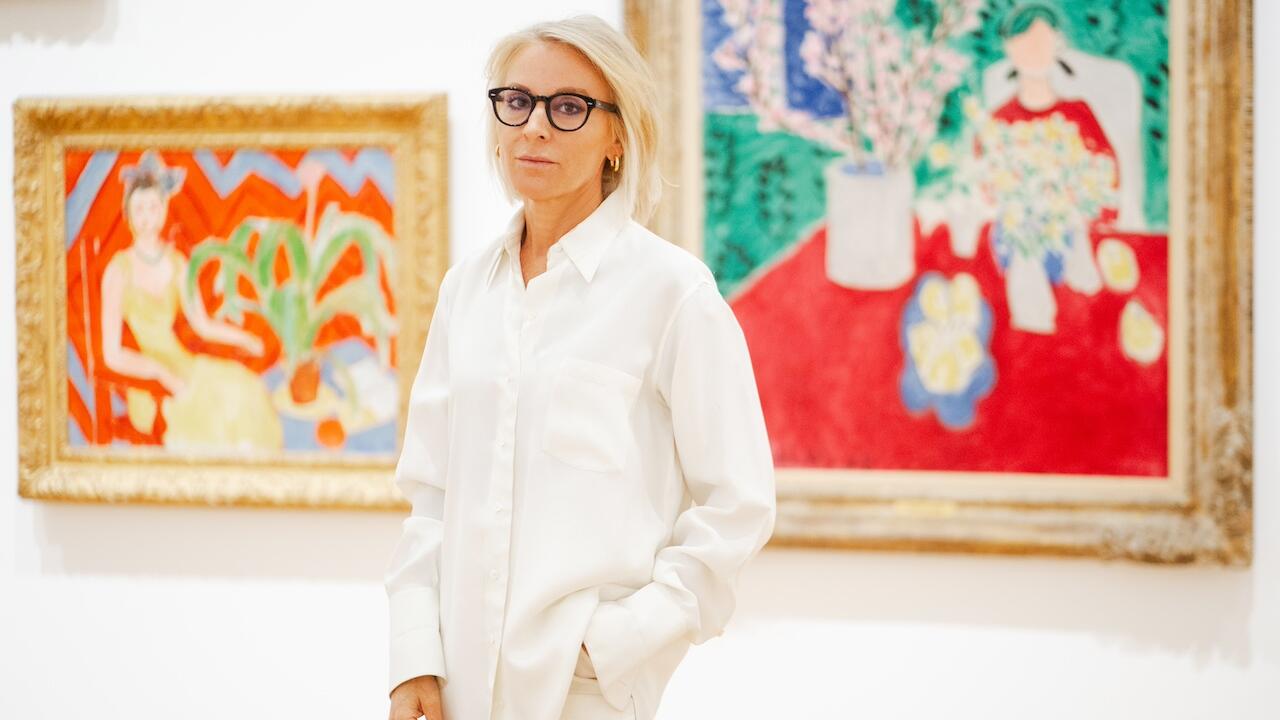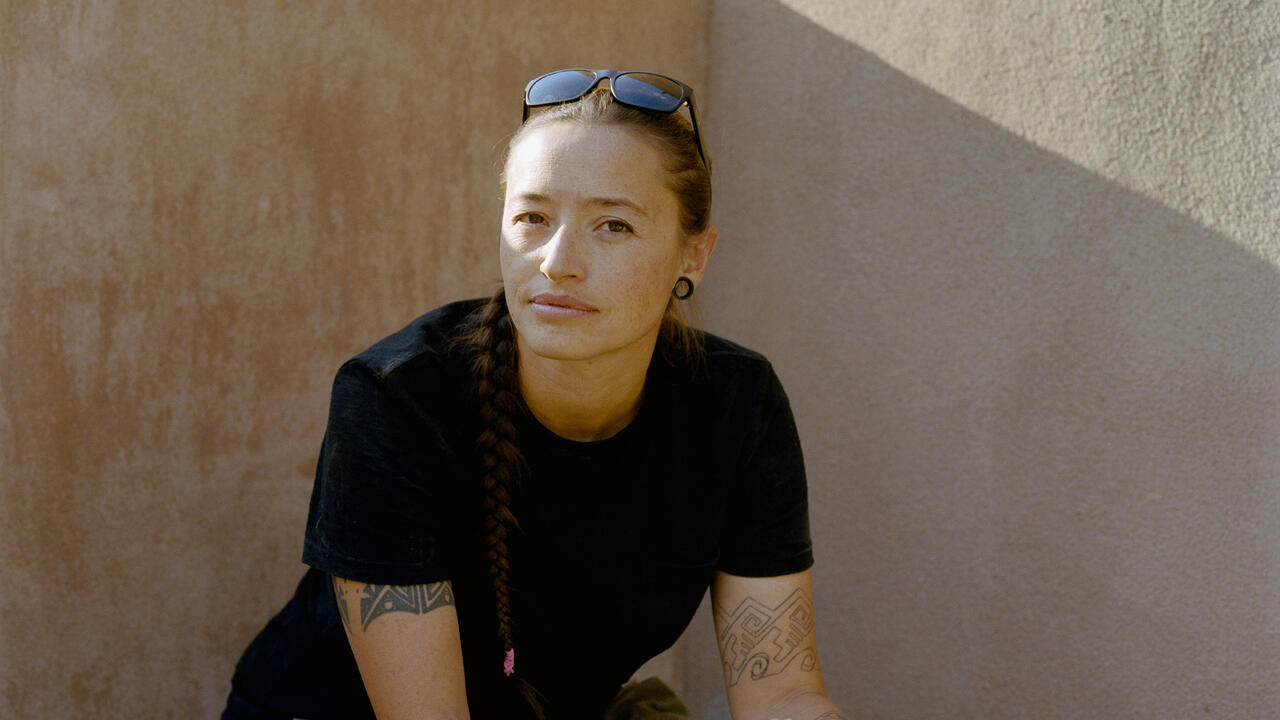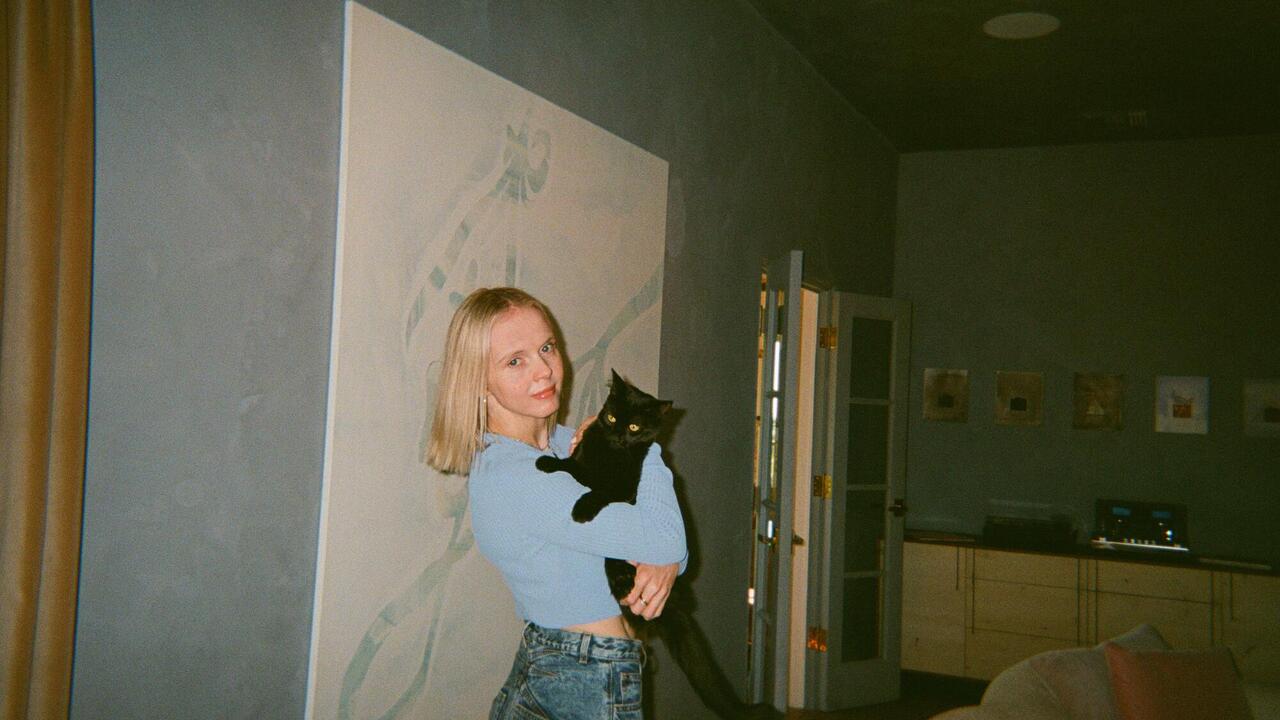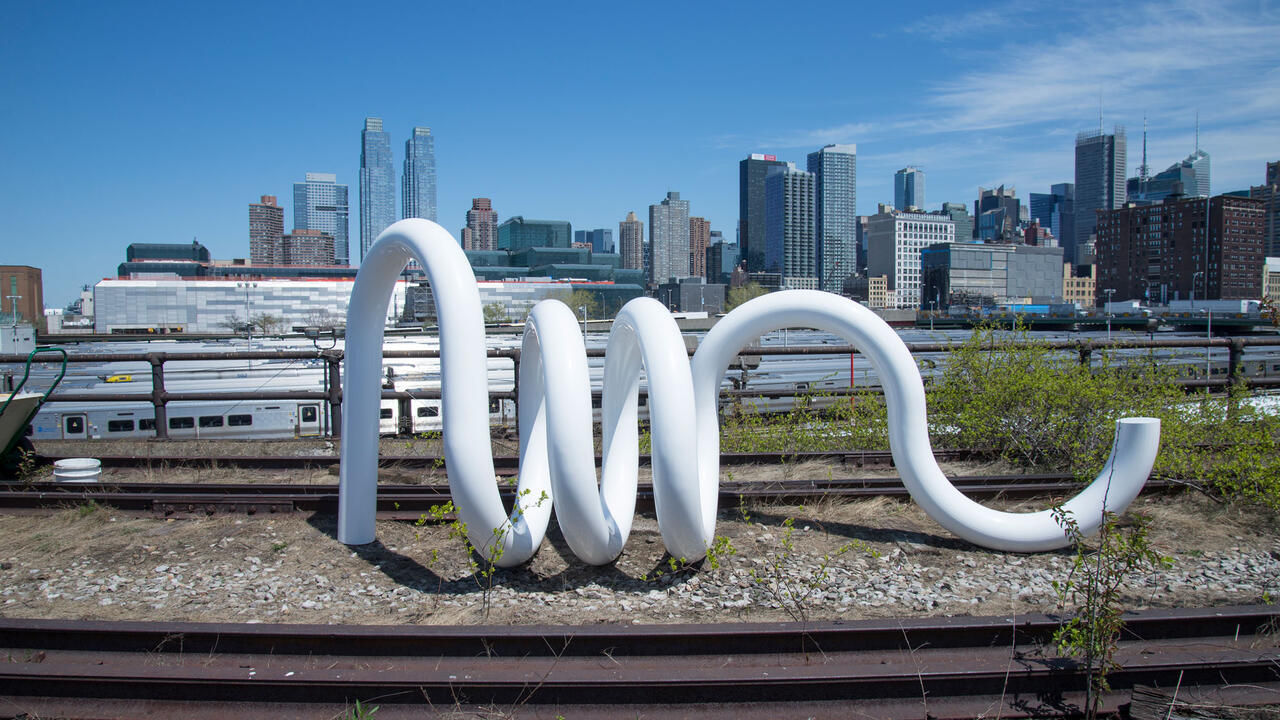Artist Petrit Halilaj’s Living Archaeology
The artist talks about butterflies, the politicization of artefacts and the lost cultural history of his Kosovar home city
The artist talks about butterflies, the politicization of artefacts and the lost cultural history of his Kosovar home city

Carpet moths stitched from woven rugs, water vessels re-imagined as wading birds, woodland creatures sculpted from mud and wire: Petrit Halilaj’s works are populated by a menagerie that suggests home and habitat are moveable, living entities. Little wonder: born in the former Yugoslavia in 1986, the artist fled Kosovo with his family when the Yugoslav Wars (1991–2001) broke out in his early childhood. The first artist to represent the Republic of Kosovo at the Venice Biennale, in 2013, Halilaj’s work questions what is sacrificed in the construction of national identity. Who owns the past? What is no longer spoken of? Who is left out in the collective ‘we’?
Recently, Halilaj has explored the hidden histories of his home city of Runik. Among them are modern myths relating to Neolithic artefacts that were excavated between 1968 and 1983, following the discovery of a site of major archaeological importance, and which still surface periodically. The findings were archived but work never resumed, inspiring the sculpture and film installation RU (2017), commissioned for the New Museum in New York. While working on this piece, Halilaj was alerted to the remains of Runik’s House of Culture. Upon returning, he spent months reviving portions of the building and staged a night of collaborative performance. This became the foundation for the multifaceted theatrical installation, Shkrepëtima (A Lightning Bolt, 2018), which was then shown alongside a film of the event at Zentrum Paul Klee in Bern and the Fondazione Merz in Turin. Fragments of the ruined building floated like an exploding dreamscape, as weird bird forms watched from the eaves, their harsh metal feet gripping deep into the plaster of the gallery walls.

Hettie Judah: Chaotic museums, disordered archives, buried memories: these are all things I associate with your work. Why did you begin to explore these topics?
Petrit Halilaj: The first things that really moved me were butterflies. In 2009, I was doing a show at Stacion in Pristina, which shared its storage and gardens with what is now the Ethnological Museum of Kosovo. Upon cleaning out the space for my show, I was amazed to find butterflies in dusty wooden crates that had been abandoned by mistake. The installation Poisoned by Men in Need of Some Love (2013), which was shown at WIELS in Brussels, started there.
The Ethnological Museum didn’t want to talk about the fact that they shut down the Natural History Museum in order to establish their institution. Knowing the space – and a trick to enter the building – I decided to steal the butterflies and bring them to Germany. What made me want to steal them was a conversation with my mum. She told me how, when I was very young, I had a passion for butterflies, flowers and other things that, in her opinion, were for girls to play with. Around the time of this conversation, I was discovering my sexuality, so the butterflies became very important to me. I was living abroad, in Berlin, and my family didn’t know about my sexuality but I had no idea how to tell them.
This point was crucial: I didn’t know how the state came to the decision to set aside the Natural History Museum and replace it with the narrative of the new nation. In the same way, I had no idea how I had decided to set aside my sexuality and to appear, culturally, as others did. What made me discover both was my passion for butterflies.
For Poisoned by Men in Need of Some Love, having finally reached an agreement with the museum, we re-opened the doors that had kept the collection hidden all these years, only to discover that 90 percent of the specimens had deteriorated to the point where they no longer had any scientific value.
HJ:RU took as a starting point the unfinished archaeological excavation of Runik. How did you discover the historic importance of the city?
PH: We did not learn about Runik’s archaeological history in school, but I grew up with neighbours and their stories. In the new reality, after the Kosovo War, I came to see how important the fact that we were living on top of this Neolithic site was for everyday life; how the citizens identified with this earlier civilization and the stories about it. It was so poetic: people chose this history and not the recent history of conflict.
The excavation of the Runik site was interrupted by the downfall of the former Yugoslavia and the subsequent need to construct new properties. The artefacts were stored in different archives. I had no access to those in Belgrade and, while I had access in Pristina, most of the artefacts were unlabelled and disorganized. The Runik ocarina and the majority of the objects remain in Belgrade.

HJ: You mentioned the Runik ocarina, the earliest instrument found in Kosovo: why is it so significant?
PH: What I ask is how the ocarina was significant for the people of Runik, specifically. In Serbia, the artefacts have been culturally – and physically – appropriated and are identified with in a certain way, while in Albania, the same objects are appropriated and identified with in a different manner. In each case, the objects fit with a particular national interest. It’s time we read these artefacts in a new light: instead of trying to nationalize them, they should bring people together.
This archaeology is so alive. People in Runik even use the vessel of the Neolithic goddess figure as an ashtray. I would be fascinated to find a compromise: to reflect how these histories are now completely personal and part of day-to-day life. Can you conserve narratives and objects without taking them away from the people and the city? Perhaps you could declare the whole city a museum.
HJ: When we spoke at the time of your New Museum show, you mentioned a desire to hold a festival in Runik inspired by the ocarina. This led to the installation Shkrepëtima. How did the project evolve?
PH: In Runik, the borders between fiction and reality were always so unclear. It was the result of a huge void of historical information. Even today, there is no billboard in the city that indicates the archaeological site you’re standing on. As I didn’t learn this at school, people were my primary source of information. They would say that this was the most important Neolithic site, and I thought: ‘Yeah, every small town thinks they are the centre of the world.’ But then I would go to museums and discover that what I thought of as mythology was, in fact, true.
While I was working on RU, I discovered there was something else which had been crucial for the community: the House of Culture. It had a library, a cinema and theatre, and it existed until 1989. I realized that the community knew what it was to have culture, but the narrative of the war had become so strong that this never came to the surface.
When I discovered that one of my teachers in Runik was also a former actor and activist, it opened a whole new conversation. I was deeply touched. Even within the frame of communism, some 30 years ago, there had remained signs of a multi-ethnic society. There were always dreamers, and that is something that I had almost stopped dreaming of myself. That was the beginning of Shkrepëtima.
HJ: For both the reconstruction of the House of Culture and the performance that ultimately took place within, you brought in professionals from outside of Runik. Why was this?
PH: There were no archives. Everything was either burnt or lost. People were the only available basis for my research. The first thing was to feel what it meant to use the square again and whether people even wanted it, because this is not my house. This is not a museum. This is not a place you are supposed to go as an artist.
When we first gathered the citizens and proposed a re-awakening of the square, the intensity of emotions was strong. The square had become a dump, but at the same time it was what made the community and identity of Runik. I couldn’t add up these two narratives. Something had interrupted the relationship between people and public life. It was a very fragile situation.
I was bombarded by stories: how proud they were about this time; how amazing it was; how there were couples who met there. I proposed that the former actors, the professionals, would perform again, but it was too much for them to take. Instead, they talked to me about their past performances: the ways in which they adapted plays in order to discuss subjects that were almost too big to talk about. How, for example, in that time, 95 percent of women were illiterate and not going to school.
Writing the script [for Shkrepëtima], I had this idea of the dreamer, a guy sleeping in the centre of the stage who would connect all these fragments: years, human stories, facts, books. I saw that it was not true that we didn’t have dreams or plans. They were just hidden by bigger events, like the war, or the ten years of conflict and darkness of the 1990s, and they needed shkrepëtima – a lightning bolt – to wake up.

HJ: It was such a huge gesture to bring the House of Culture back to life. Was the response as you expected?
PH: When I visited the site with actors from the old times, I couldn’t believe how important it was for them and the collective memory of the whole community. The risk was that everything would get lost but, 20 days after the play, the government and Ministry of Culture put the building under protection, which is very rare in the Balkans.
Growing up in a place where you feel different because of your sexual orientation and you can’t fully be yourself, you open up an abstract, invisible distance between yourself and your community. That’s why I feel preoccupied now that the Kosovar community is so happy to finally be independent. The majority is now happy, but what about the minorities? This event was an attempt to both reconnect and raise new questions. We can have a new life. We can have a community again, and art.
Petrit Halilaj is an artist based in Germany, Kosovo and Italy. In 2018, he had solo exhibitions at Fondazione Merz, Turin, Italy, Hammer Museum, Los Angeles, USA, and Zentrum Paul Klee, Bern, Switzerland. In 2017, he had a solo exhibition at New Museum, New York, USA, and received an honourable mention by the jury of the 57th Venice Biennale, Italy, for his contribution to the Arsenale and Central Pavilion exhibition.
This article first appeared in frieze issue 201 with the headline ‘Living Archaeology’
Main Image: Petrit Halilaj, RU, 2017, installation details, New Museum, New York. Courtesy: the artist, ChertLüdde, Berlin, and kamel mennour, Paris/London; photograph: Dario Lasagni











